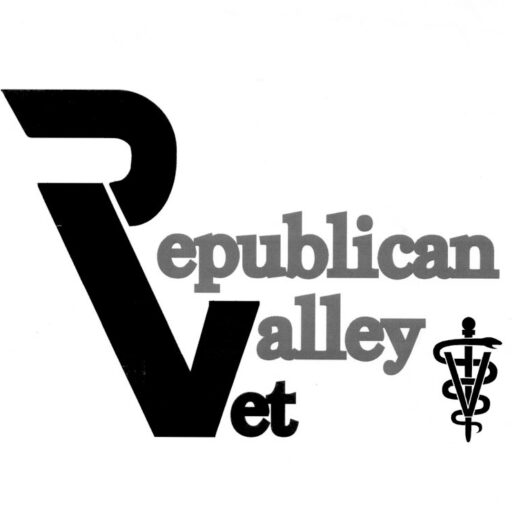When it comes to feeding cats and dogs, a lot of pet owners are either guessing or feeding based on some generalized package instructions. Our veterinary team at Republican Valley Veterinary Clinic has heard many details from loving owners about how they’re unintentionally overfeeding their pets. Improper pet food portion sizes can lead to weight gain, sluggishness, and long-term health issues. So, how much should your animal companion really be eating?
The Problem With “Eyeballing It”
Many pet owners fill bowls based on habit or guesswork, but that approach often results in overfeeding, especially with calorie-dense kibble. What looks like a small meal might actually be more than your pet needs, especially for small breeds or indoor cats with low activity levels.
No two pets are the same, so portion control must take into account factors like:
- Age (puppy, adult, senior)
- Activity level
- Weight and body condition
- Breed size
- Existing health conditions
Check the Pet Food Label, Then Adjust
Pet food packaging often includes feeding guidelines based on weight ranges or age, but these are generalized and sometimes overestimated. Understand that feeding charts often assume a moderately active pet. Split total daily portions into meals rather than free-feeding.
Still unsure? Bring your pet’s food (or a label picture) to your pet’s next veterinary appointment. A veterinarian can fine-tune the portion size.
Don’t Forget Your Pets Treats (They Count!)
It’s easy to forget how many treats we hand out to our pets during the day, especially for training or just for being cute. Those snacks add up fast in calories!
A good rule of thumb: treats should make up only 10% or less of your pet’s daily calorie intake. Opt for low-calorie options or break larger treats into smaller bits. You can even work in some extra nutrition with pet-safe fruits or veggies!
Signs You May Be Overfeeding Your Pet
Not sure if your pet is getting too much? Cats and dogs that are overfed will gain weight. You may be able to notice signs like:
- No visible waistline when viewed from above
- You can’t easily feel the ribs
- Lethargy or unwillingness to exercise
If you are concerned that your pet is gaining weight, schedule a nutrition consultation with your vet.
A veterinarian will be able to confirm that your furry companion is overweight and come up with a safe weight loss plan, including nutrition, exercise, and (potentially) diagnostics. Changing up your pet’s meals without professional guidance can be more dangerous than it is helpful, resulting in loss of nutrition or a missed diagnosis of a health condition causing the weight gain.
Veterinary Guidance for Overweight Pets in St. Francis, KS
Feeding your pet the right amount protects their health. Portion control supports a healthy weight and helps your pet feel their best every day. Republican Valley Veterinary Clinic consults on pet nutrition in St. Francis for cats and dogs from Goodland, Burlington, St. Francis, and neighboring Kansas areas.
Not sure if you’re feeding your pet the right amount? Contact us at Republican Valley Veterinary Clinic to schedule a dietary consultation with a veterinarian.


